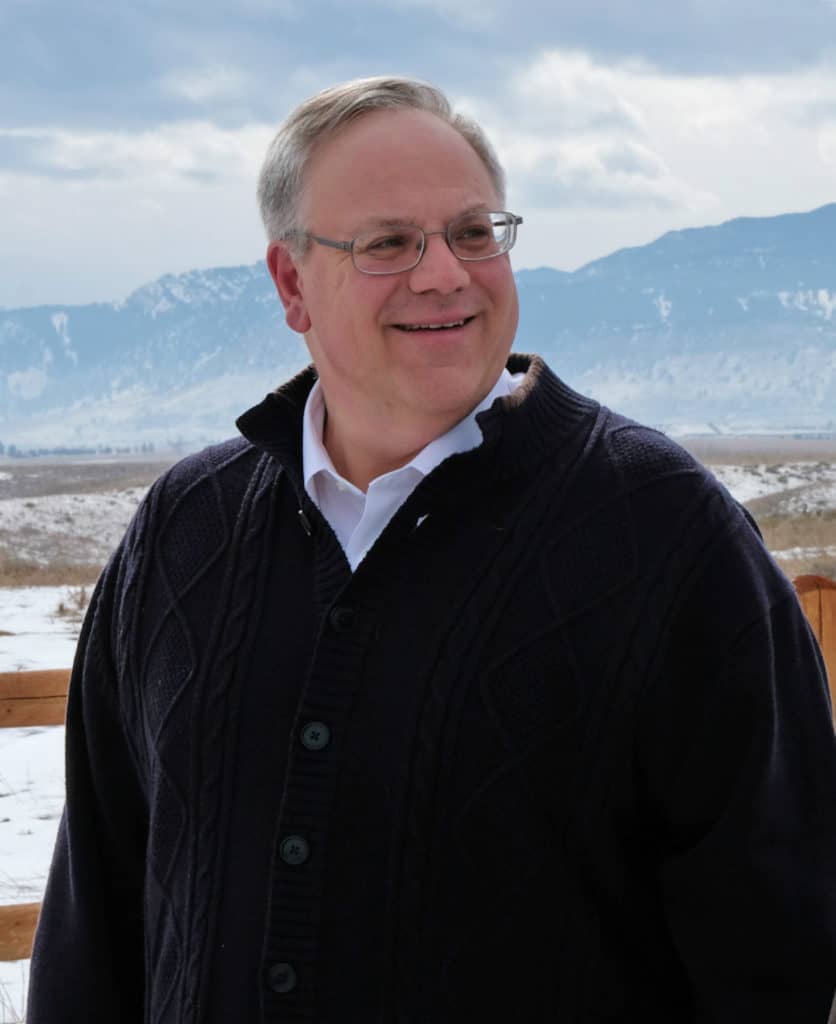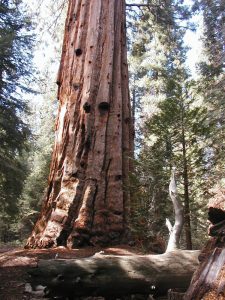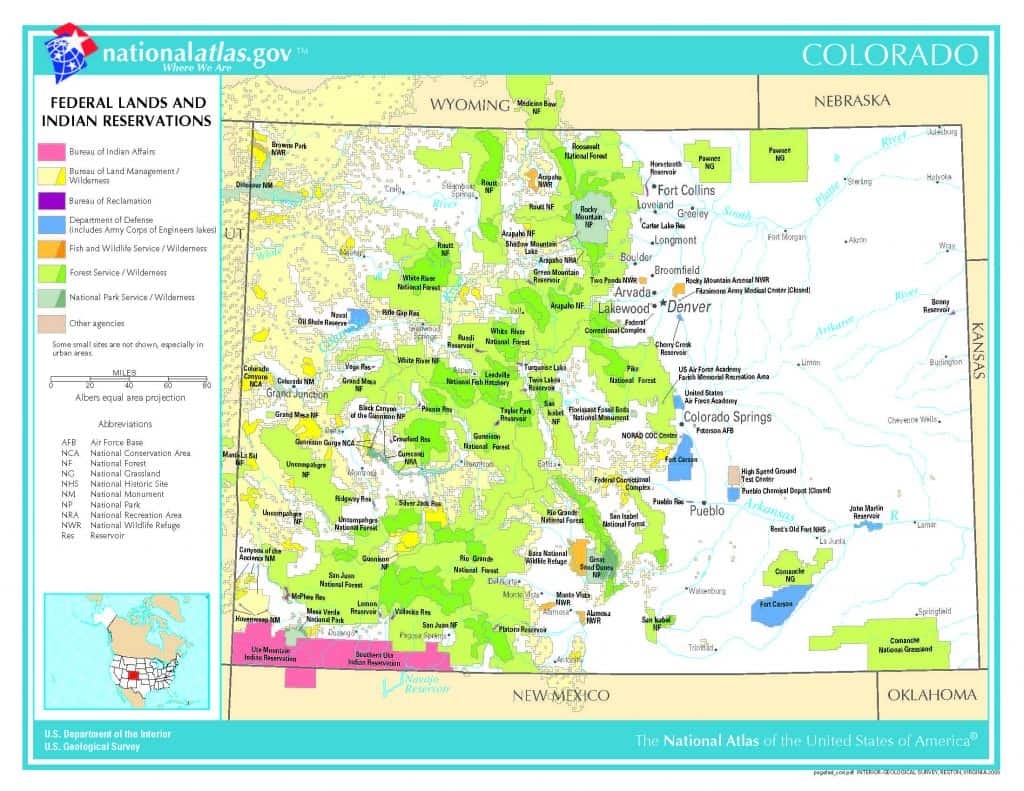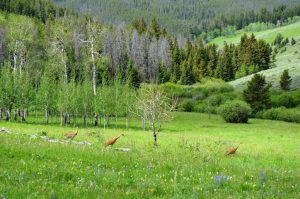John Persell raised an interesting question here. It was pretty “out there” for me to say that folks like the Center for Western Priorities are “not of our world”. Certainly I can’t speak for everyone who read on The Smokey Wire.
But most of us have been involved in federal lands issues for years. When new groups come on the scene, claiming to be non-partisan but funded by the New Venture Fund and staffed by people who worked as political staff for D candidates…er… it does raise some questions.
My experience on the Hill as a staff person, and having briefed many Congressional staff people over the years, is that some are political animals,who may not be as interested in resolving an issue as getting opportunities for their party to look good and win. That’s not to be critical, it’s just their world. I don’t think anyone who reads what the current Congress is up to, or not up to, would disagree with this. You can’t look to Congress for technical knowledge, accuracy in their statements, nor humility about their own views. That’s not what we select them for.
This is from the Hewlett Foundation’s website:
This renewal grant will continue support for the New Venture Fund’s Center for Western Priorities. The Center is a West-wide communications effort designed to educate the media, public, and decision makers about the impacts of fossil energy development on public lands. The Center builds relationships with reporters, draws from the best polling to craft persuasive messages, rapidly responds to arguments advocating for the elimination of public land protections, steadily generates reports and news, and enlists a broad array of westerners as spokespeople. The Center also works closely with conservation organizations across the West to fill gaps in communications capacities.
Here’s what the Center for Western Priorities says about themselves:
The Center for Western Priorities is a nonpartisan conservation and advocacy organization that serves as a source of accurate information, promotes responsible policies and practices, and ensures accountability at all levels to protect land, water, and communities in the American West.
Based in Denver, Colorado, the Center advances responsible conservation and energy practices in the West. We encourage open, public debate and work to advance those discussions online, in the media, and throughout Western communities by promoting responsible solutions and original research.
Have they changed what they do since their 2015 grant from the Hewlett Foundation? That sounded like a propaganda machine with a certain end in mind. Their own description sounds more like The Smokey Wire.
I do think they do a super job of generating information. I wish The Smokey Wire had those kind of bucks to investigate things, do FOIA’s, hire journalists, develop relationships with reporters, and all that. Nevertheless, we need to ask what kind of slant they put on what they do report, and how careful they are about checking facts that support their narrative. So I think it’s fair to say “communication campaigns run by political operatives” are not the usual federal lands policy suspects. I think of them as newsfeed generators. That’s definitely not like our environmental group friends, who often are seen in the trenches participating in the various policy processes, or even our litigatory environmental group friends, whom I all consider to be “part of our world.”
The New Venture Fund organizations (Center for Western Priorities and the Western Values Project) also came upon the federal lands policy scene recently (since campaign finance reform?) and seem to be mostly about oil and gas (and, of course, denouncing all things Trump Administration.) One wonders whether their interest in public lands policy will go away in 2020 if a certain event occurs..








